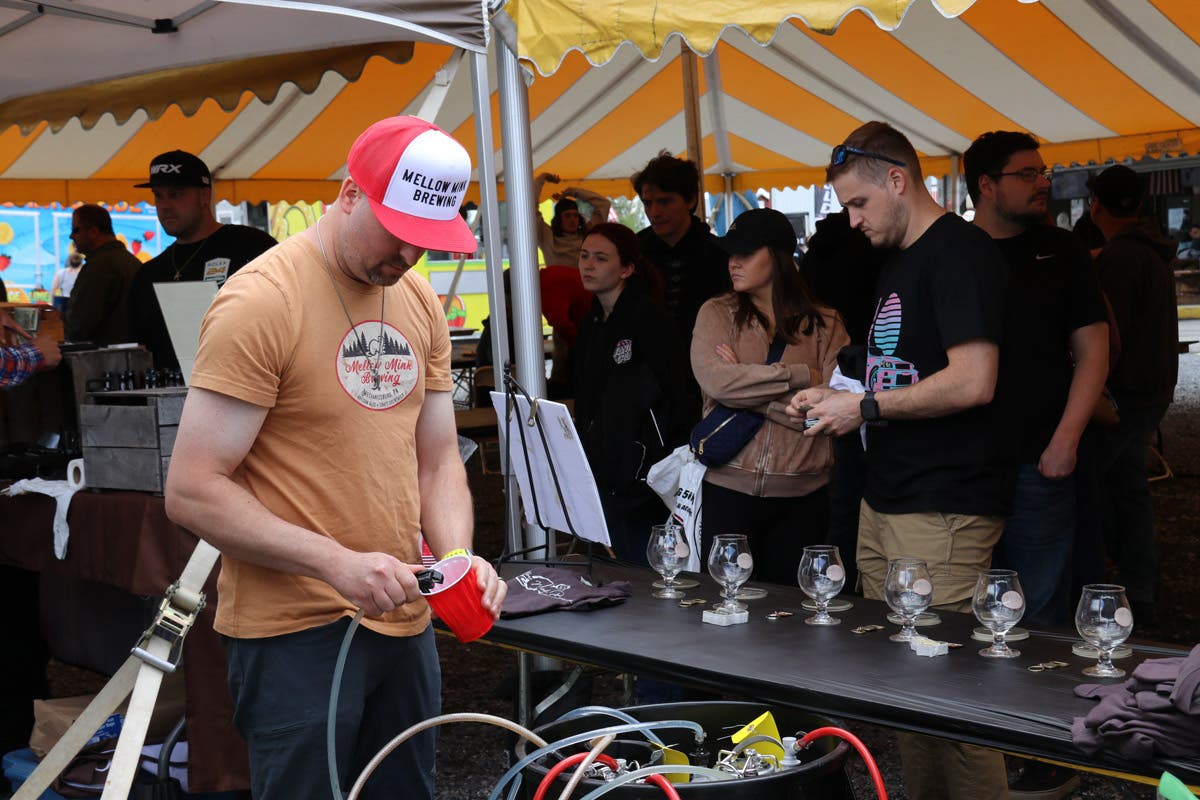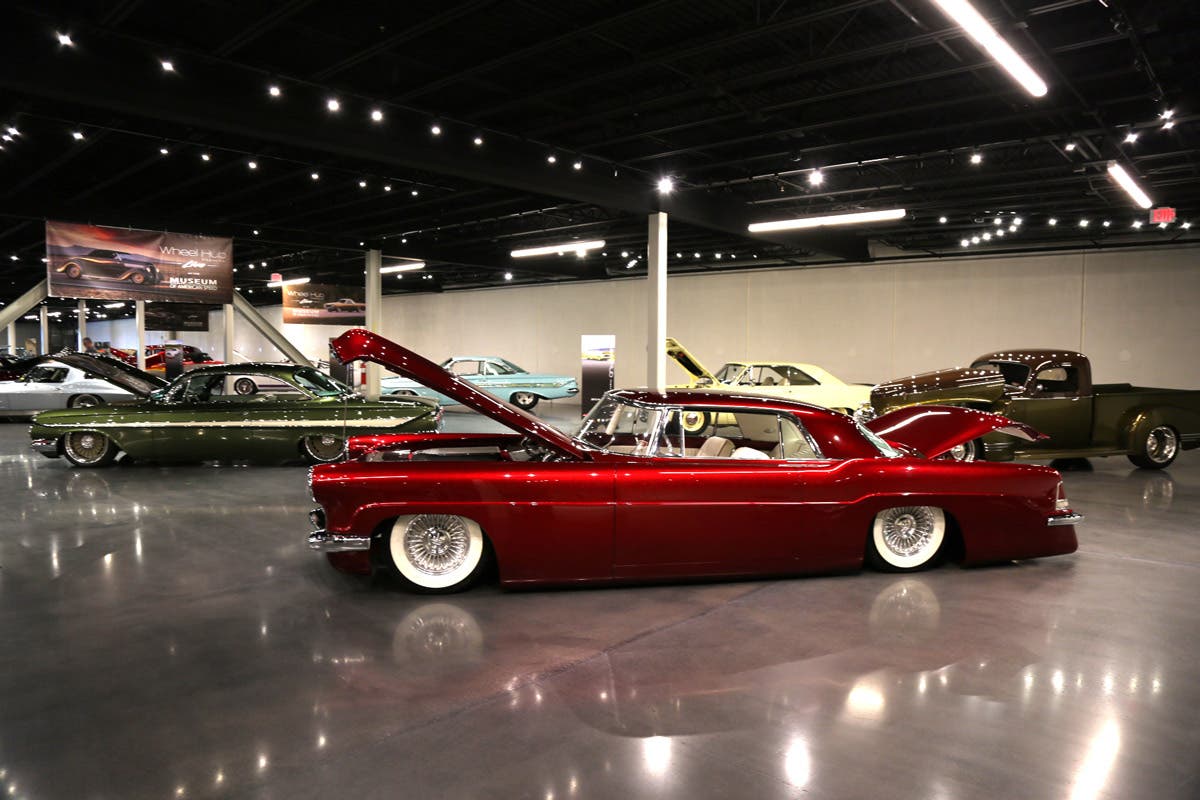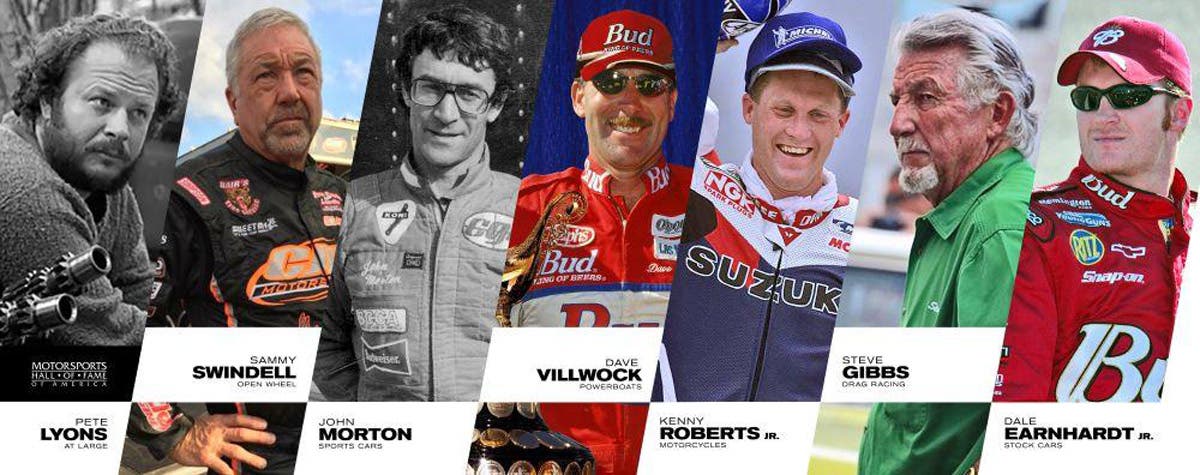Going Green: Colorful Miller 8 bucked racing superstitions
William Miller of Frankfort, Ind., took to the track in his green, vintage Indy racer during the Harry A. Miller Club’s “Millers at Milwaukee” meet on July 12-13 in Milwaukee, Wis.
Story and photos by John Gunnell
Many race cars changed over the years. Drivers bought new cars and sold their previous cars. Owners changed engines and other mechanical components to make cars go faster.
And colors were changed for reasons that varied from new sponsorship to driver preference. However, very few race cars were changed from red to green paint like the 1938 Miller 8 Indianapolis “big car” featured here.
This car was originally campaigned by “Wild Bill” Cummings, a very popular driver among Indy 500 fans, because he was a local hero. Cummings lived in Indianapolis and was the winner of the 1934 Indianapolis 500 Mile Race driving the No. 7 Boyle Valve Special with riding mechanic Earl Unversaw. He competed in a total of nine Indianapolis 500-mile races between 1930-1938.
Cummings worked on his race cars at Piston Service Co., an auto parts and machine shop located at the intersection of Capital Avenue and Vermont Street in Indianapolis. He died in an auto accident on Feb. 8, 1939, after his car hit a guardrail on State Road 29 in Indianapolis and plunged 50 feet into a creek.
The front-wheel-drive 1938 Miller 8 was the last car he drove in an Indy 500. It ran 72 laps in the 1938 race as the No. 7 I.B.E.W. Spl., qualifying at 123.393 mph and going out of the running with a radiator problem for a 24th overall finish that year. The deep-red car started the race in 16th position.
Looking much the same in 1939, except for changing to No. 4 and being renamed the Boyle Special, the Miller 8 was piloted by Ted Horn, a careful man who became a very consistent big-car driver in the 1930s and 1940s. Horn would rack up 24 firsts, 12 seconds and 13 thirds in 71 championship events, and he drove the deep-red Miller to a sixth-place finish in 1939 with an average speed of 121.540 mph.
Horn had started racing in the Indianapolis 500 in 1935, driving one of the black-and-white two-man Ford V-8s that Harry Miller constructed for Ford Motor Co. and Preston Tucker. In 1936, he switched to a two-man Miller owned by Harry Hartz and came in second behind Louie Meyer. Horn drove two more 500s for Hartz. In 1937, he took third place in a supercharged front-wheel-drive Miller, followed by fourth in 1938 in a similar Miller converted into a one-man car.
In 1940, Horn achieved another fourth-place finish in the Miller 8 that “Umbrella Mike” Boyle sponsored again. The deep-red finish remained on the car, as did Boyle’s slanted Irish pipe logo with “BOYLE” above it and “SPL.” below it. However, the numbers on the sides and tail of the car were changed from “4” to “3.” That year, Horn hit 125.545 mph, the car’s highest average speed.
Horn never won the Indianapolis 500, but he racked up nine top-four finishes in a single decade and finished 1,944 out of a possible 2,000 laps. He died at age 38 on Oct. 10, 1948, at a one-mile dirt track in DuQuoin, Ill., after a broken wheel spindle caused his Offy to flip and throw him out of the car.
After Horn switched from piloting the 1938 Miller Boyle Special, Chet Miller took over driving chores in 1941. He started ninth and finished sixth as Horn had done in 1939, but at a lower average speed of 120.540 mph. Miller was an Indianapolis native who was known as the “Dean of the Speedway.” He died when he crashed his Novi race car there during a practice run in 1953.
Racing at Indianapolis Motor Speedway was suspended during the course of World War II. When races restarted after the war, the 1938 Miller returned with a new driver, new engine and unusual new color. Instead of a Miller 8, the car now had a Miller/Offy four-cylinder engine under its hood. The 255-cid inline four was enough to take the car to a second-place finish — its best ever — at an average speed of 121.257 mph. The car started in fifth position and ran as a private entry called the Jackson Special. The driver was Jimmy Jackson, another Indianapolis native who had an unusual preference: he liked emerald green race cars.
Indy car drivers are a superstitious lot. Most in the fraternity consider green an unlucky color. It’s thought this taboo traces back to 1920, when Gaston Chevrolet — the only member of his family to ever win the Indianapolis 500 — was killed while driving a green car in a board track race in Beverly Hills, Calif.
Jimmy Jackson, however, liked tempting fate and decided to be different by selecting an especially bright green color for all of his cars. He drove the green Miller in 1946 and 1947, and in 1950, he piloted a Cummins-backed diesel-powered Indy car that he insisted be painted green and nicknamed the Green Hornet. Jackson’s defiance seemed to work, too.
Unlike many of his contemporaries, he went on to a new career selling auto accessories after he stopped racing and lived to the ripe old age of 74 before passing away in 1984.
In 1946, the Jackson Spl. Miller 8 wore No. 61 on its hood and tail section. Then, in 1947, the bright green car was raced as the Jim Hussey Spl. with Jimmy Jackson driving. In its final Indy race, the car started in 10th position and wound up fifth with an average speed of 122.266 mph. It was identified as car No. 7.
Attempts were made to race the car from 1948-’51, but it either qualified and got bumped from the field or did not qualify. For years, the car was in the collection of William Goodwin of Frankfort, Ind.
Today, it belongs to William Miller of Frankfort, who raced it in all its green glory at the Harry A. Miller Club’s “Millers at Milwaukee” meet on July 12-13 in Milwaukee, Wis. (www.harrymillerclub.com).








